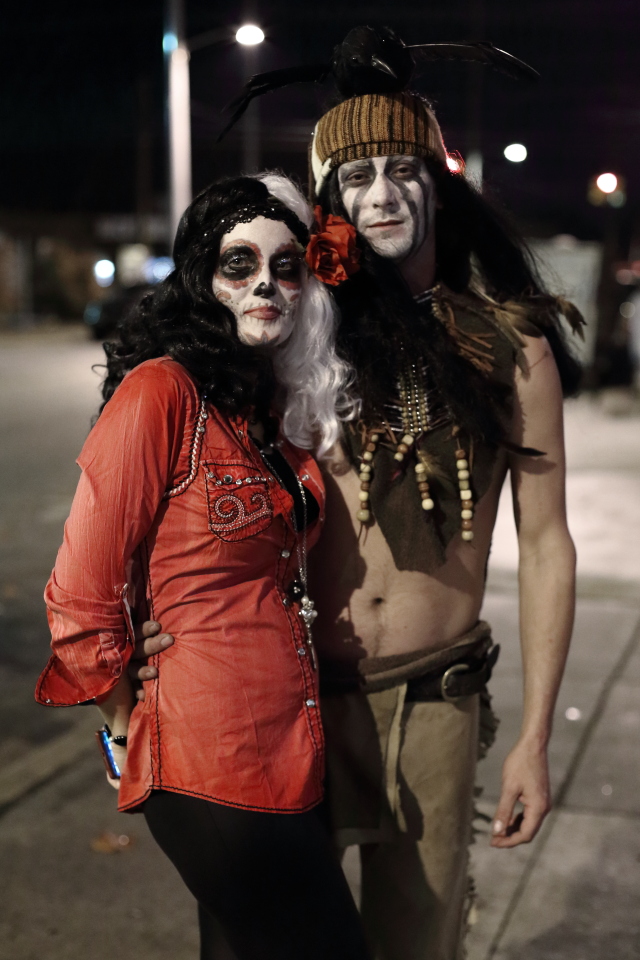Do you have any best practices in general for shooting in low-level monochromatic light?
This is easily my least favorite lighting condition. Say you're at a Halloween party, and everybody is hanging out outside, and the only light sources are red, or blue, or whatever. I feel like my images never look good in any sort of color taken in these conditions, and even if I process them as black and white, they often come out very flat and just...weird.
Currently I crank up my ISO to whatever the minimum is that still lets me get the shutter speed I want (say 3200 or so, I like grain so the added noise doesn't matter too much to me), usually shoot with a wide-open aperture, and then often process B&W because I don't care much for the single-color look. I don't usually shoot with a flash, but am open to it.
Typically shooting with my Olympus OM-D EM-10II (fairly poor dynamic range at higher ISOs I think, could be part of the problem) or a first-gen Sony Alpha-7.
I will update this evening with some unprocessed example images if there is interest.


